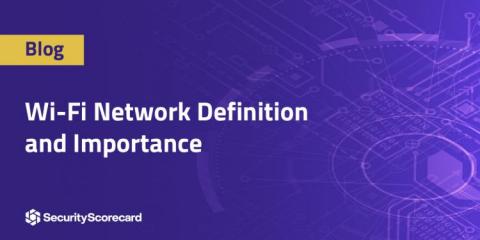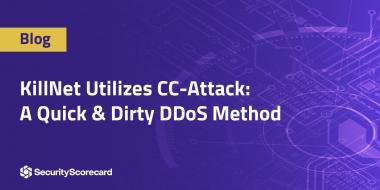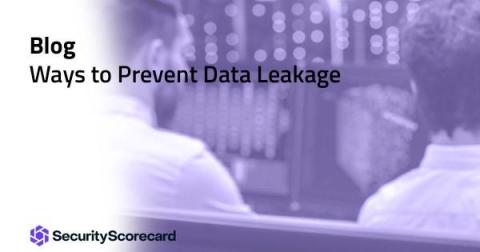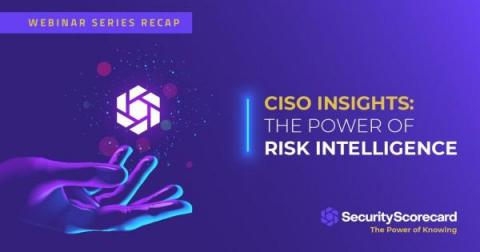HITRUST: the Path to Cyber Resilience
There has been a lot of talk recently about cyber resilience. There is no doubt that the ability to bounce back from a security event is important, however, all of the resiliency banter seems to be happening at the peril of sound risk management processes. It is safe to say that the path to resilience is paved with risk management.









